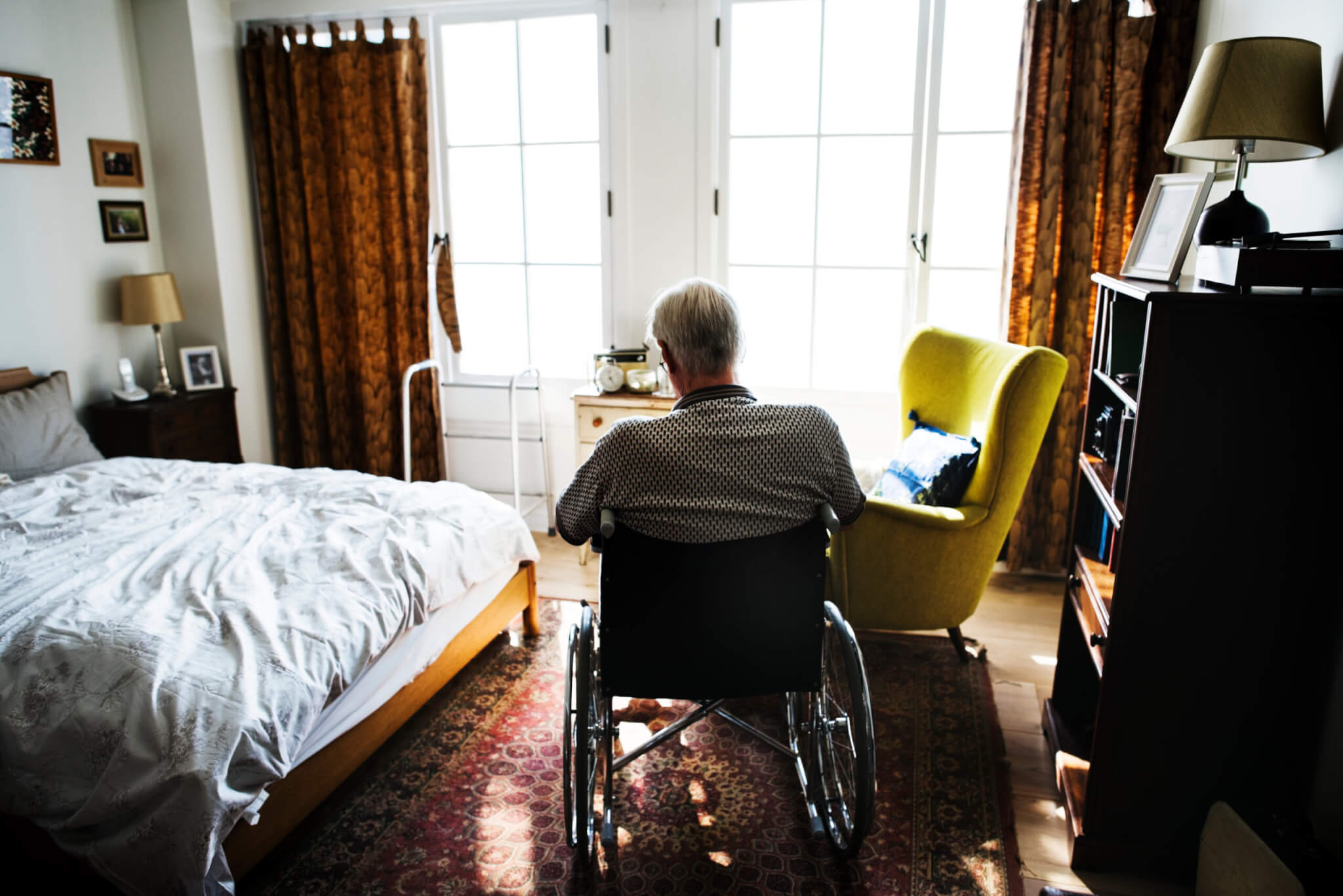💡What To Know:
- 3.4 billion people are estimated to have had a neurological disorder as of 2021.
- These disorders range from chronic migraines to cases of dementia.
- The global number of healthy years lost to disability has increased 18% since 1990.
NEW YORK — A damning new study reveals that nearly half of the global population suffers from neurological disorders. A team of international researchers have unveiled a significant increase in both the prevalence and the health impact of neurological conditions, including incidents of stroke, Alzheimer’s disease, and meningitis, over the past 30 years.
The study, part of the Global Burden of Disease, Injuries, and Risk Factors Study (GBD) 2021, points to the growth of the global population, the rising number of older adults, and growing exposure to various risk factors, as key contributors to this surge.
In 2021, a staggering 3.4 billion individuals were living with a neurological condition, marking a substantial rise in the prevalence of these diseases and ailments. The study’s findings, published in the journal The Lancet Neurology, suggest that the overall burden of neurological conditions — measured in disability-adjusted life years (DALYs), which represent the total years of healthy life lost due to disability, illness, or premature death — increased by 18 percent from 1990 to 2021.
“The number of people with diabetic neuropathy has more than tripled globally since 1990, rising to 206 million in 2021,” said study co-senior author Dr. Liane Ong, from the Institute for Health Metrics and Evaluation (IHME) at the University of Washington, in a media release. “This is in line with the increase in the global prevalence of diabetes.”
Despite the stark increase in absolute numbers, largely attributed to demographic changes, the age-standardized rates of DALYs and deaths from neurological conditions have actually seen a decrease by about a third worldwide. Researchers say this is due to improved awareness, vaccination, and prevention efforts. Notable achievements include a 93-percent decrease in tetanus, a 62-percent reduction in meningitis, and a 39-percent decline in stroke DALYs.

Researchers highlighted the top 10 neurological conditions contributing to health loss in 2021, with stroke, neonatal encephalopathy (brain injury at birth), migraine, Alzheimer’s disease and other dementias, and diabetic neuropathy (nerve damage due to diabetes) leading the list. Additionally, the study, for the first time, included neurological consequences of COVID-19, ranking it 20th and accounting for 2.48 million years of healthy life lost.
With about two billion cases of tension-type headaches and 1.1 billion cases of migraines reported, these were identified as the most prevalent neurological disorders in 2021. Diabetic neuropathy emerged as the fastest-growing condition, tripling globally since 1990 to 206 million cases in 2021, mirroring the global rise in diabetes.
This comprehensive analysis, which expanded the list of studied neurological conditions from 15 to 37, also delved into neurodevelopmental disorders and conditions affecting children, revealing that these accounted for almost a fifth of all DALYs in 2021. That, itself, accounted for 80 million years of healthy life lost worldwide.
The findings underscore the varying impact of neurological diseases across different regions and income levels, with over 80 percent of neurological deaths and health loss occurring in low and middle-income countries (LMICs). High-income Asia Pacific and Australasia showed the best neurological health, while western and central sub-Saharan Africa faced up to five times higher rates of DALYs and deaths.
The study calls for prioritizing prevention and highlights that modifying 18 risk factors could significantly reduce the burden of several neurological conditions. For example, controlling high blood pressure could prevent 84 percent of stroke DALYs globally, and reducing lead exposure could cut the burden of intellectual disability by 63 percent.
“The worldwide neurological burden is growing very fast and will put even more pressure on health systems in the coming decades,” explains study co-senior author Dr. Valery Feigin, director of Auckland University’s National Institute for Stroke and Applied Neuroscience in New Zealand.
“Yet many current strategies for reducing neurological conditions have low effectiveness or are not sufficiently deployed, as is the case with some of the fastest-growing but largely preventable conditions like diabetic neuropathy and neonatal disorders. For many other conditions, there is no cure, underscoring the importance of greater investment and research into novel interventions and potentially modifiable risk factors.”
This research supports the World Health Organization’s Intersectoral Global Action Plan on epilepsy and other neurological disorders, aiming to reduce the impact and improve the quality of life for affected individuals and their families.

Vaccidents being called everything else but what they are. The New Normal.
Why did that comment get OK’ed, it’s just another toxic vaccine denier. Vaccine denial is killing people and spreading old diseases that were finally almost gone, like measles and polio. Do not publish these flippant ignorant comments please.
This an astonishing number. If true, it means that >37% of the global population is afflicted by a neurologic disease/disorder. Hopefully, LLM/AI driven algorithms will be developed to assemble and analyze massive patient databases of individuals with varying neurologic disease/dysfunction to examine the correlations/interactions between a patients genomic phenotype, environmental and dietary induced epigenetic changes in their microbiome and immune system functionality and the pathogenesis of these neurologic diseases.